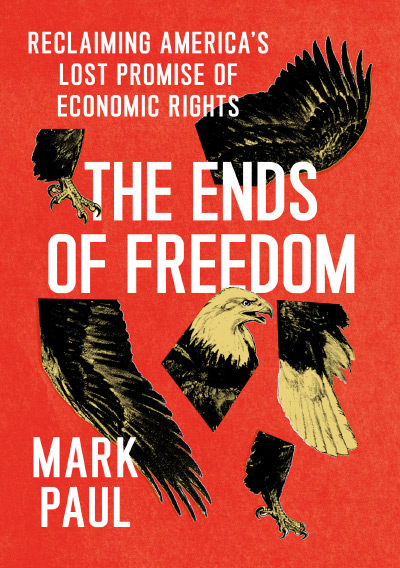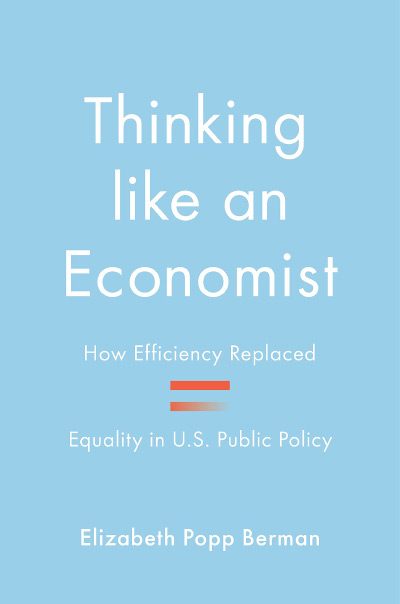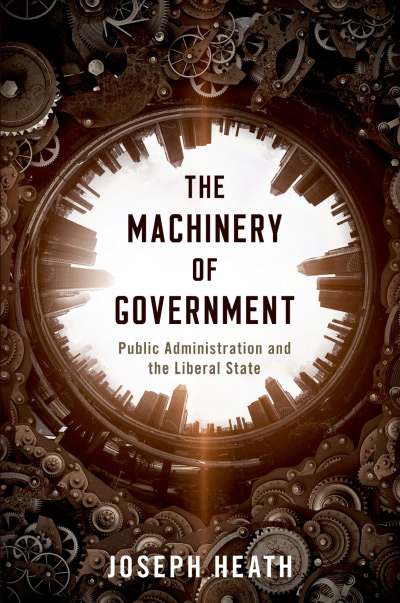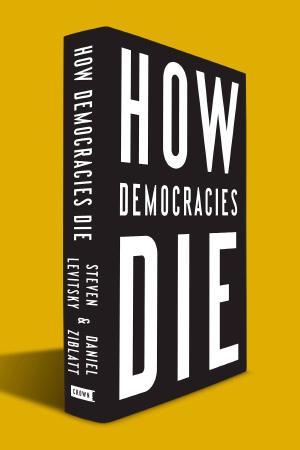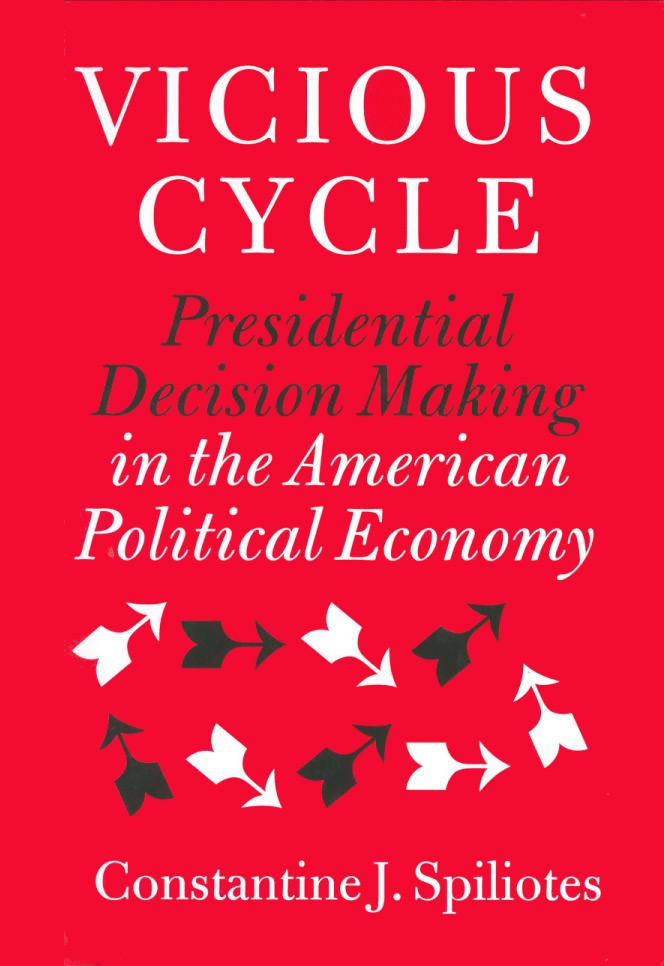Jason Brennan’s Libertarianism is an excellent book. It offers an accessible overview of libertarian positions in philosophy, economics, and politics. It is ecumenical, treating diverse libertarian options fairly. Moreover, the attractiveness of Brennan’s exposition of libertarian ideas makes his book an outstanding one to offer to someone who wonders who libertarians are and what they believe.
Brennan’s book joins a number of other recent introductions to libertarianism, including Jacob Huebert’s Libertarianism Today (New York: Praeger, 2010) and Gerard Casey’s Libertarian Anarchy (London: Continuum International, 2012). However, Libertarianism covers a broader range of libertarian positions than either of these other books, and it does so in a fetchingly engaging way.
The book is organized as a set of responses to questions interlocutors of various sorts might have about libertarianism. Brennan considers “the basics” and proceeds with discussions of what freedom is and why it is important, human nature and ethics, government and democracy, civil rights, economic freedom, poverty, contemporary sociopolitical problems, and libertarian involvement in the political process. Because he discusses 105 different questions, the answers are necessarily short and crisp. A glossary and an appropriately catholic bibliography follow the main body of the text.
At various points throughout the book, Brennan returns to a taxonomy of libertarian positions that he develops in the first part. There are, he suggests, three varieties of libertarians: classical liberals, hard libertarians, and neoclassical liberals.
Roughly speaking, classical and neoclassical liberals embrace a broadly consequentialist political morality. Both groups are convinced that free markets benefit the poor and that their doing so is part of what makes them morally attractive. Classical liberals include free-market stalwarts such as Adam Smith and David Hume as well as such high-profile libertarians as Milton Friedman, F. A. Hayek, and Richard Epstein. Neoclassical liberals—Brennan himself and a number of other contemporary libertarian thinkers, including several of those associated with the Bleeding Heart Libertarians blog and movement—are more explicit about the role that concern for the economically vulnerable plays in motivating and justifying a legal and political regime that safeguards freedom, are comfortable in talking about “social justice” (pp. 129–37), and are perhaps more explicit about embracing socially and culturally tolerant and inclusive positions. Classical and neoclassical liberals favor small government, though both maintain that in principle the provision of poverty relief using tax funds is appropriate—even as both also maintain that market freedom is the demonstrably most effective source of poverty relief in general.
Hard libertarians tend to favor deontological positions in political morality. Often committed to belief in self-ownership as morally fundamental, they believe that people enjoy inviolable rights against aggression that either prelude state action entirely—many hard libertarians are anarchists—or else regard as indefensible anything beyond what Ferdinand Lassalle called the “night-watchman state.” Robert Nozick, Ayn Rand, and Murray Rothbard are especially well-known exponents of hard libertarianism.
Brennan treats diverse libertarian positions with respect and expounds on them in terms that their proponents would be inclined to endorse. He notes, for example, that hard libertarians are not insensitive to the importance of consequences. And he explains libertarian anarchist views clearly and sympathetically, noting anarchism’s moral and political attractions and responding helpfully to common objections to anarchism. (His own view seems to be that whether anarchism is finally defensible is an open question, with the answer depending mostly on the likely consequences, but with statists bearing the burden of proof, so that if anarchism is viable, support for the state is unreasonable.)
What is really noteworthy about the book, however, is the degree to which the differences among the various positions simply do not matter very much most of the time. On issue after issue, Brennan states positions that principled libertarians of all stripes can reasonably embrace, whatever their underlying normative assumptions.
Given the sheer awfulness of war and its devastating consequences not only for its immediate victims but also for many others as well, I believe issues of war and peace are of overriding importance. So I am delighted to find that Brennan emphasizes the centrality of peace to most libertarians’ convictions, even going so far as to elaborate sympathetically Bryan Caplan’s defense of pacifism, while stressing libertarian opposition to nationalism, making clear that “the United States was never a libertarian country” (p. 179), and explaining the injustice and ineffectiveness of the war on terror and of the burgeoning national-security state. He dismisses the idea that there is any prima facie obligation to obey the law as such, notes libertarians’ justifiedly “weak fondness for democracy” (p. 71), and defends support for open borders, free immigration, and amnesty for undocumented immigrants as the clearly libertarian position. He is forthright in rejecting capital punishment and in affirming that, by the standards of the American Right, libertarians “are soft on crime, and rightly so” (p. 86). Although he does not explicitly advert to classical-liberal-cum-libertarian class theory, he highlights public-choice economics’ related insights and points to the ways in which “the worst get on top” in a powerful state (pp. 121–23). Given that position, he makes clear that even though the use of force should be tightly circumscribed, many genuine moral concerns are not directly related to aggression or coercion (pp. 35–36). It is therefore not surprising that he is happy to link libertarianism with commitment to feminism, same-sex marriage, and adoption rights for same-sex couples (pp. 93–95). Though he does not mention Charles W. Johnson’s superb essay “Libertarianism Through Thick and Thin” (The Freeman [July–August 2008]: 35–39), the theme of that essay—that libertarian opposition to aggression is linked in multiple ways with diverse moral concerns not directly related to aggression—is one with which it seems clear Brennan would resonate.
One of the book’s most extensive discussions pertains to the canard that libertarians are apologists for big business. Brennan’s response is outstanding. He underscores the reality that “corporations and the financial elite have captured . . . [the power over the economy that the moderate statist left has claimed for the federal government] for their own advantage” (p. 117), emphasizing that “when we increase government power over corporations, corporations in turn capture that power to benefit themselves. To increase government power over corporations is to increase corporate power” (p. 118). He notes the revolving door between the corridors of state and corporation, insists that “[t]he United States does not have, and has never had, a free market” (p. 119), and makes the especially radical point that corporate size is a function of state intervention in the economy—making clear, in effect, that corporate behemoths depend for their existence on the exercise of state power (pp. 119–20).
An especially interesting feature of the book is Brennan’s attempt, paralleling John Tomasi’s (in his recent book Free Market Fairness [Princeton, N.J.: Princeton University Press, 2012]) to appropriate the language of “social justice” for libertarians. One can clearly be concerned about the impact of laws and policies on economically vulnerable people, concerned in a way that treats this concern as essential to the justification of those laws and policies (this is, roughly, what Brennan intends by “social justice”), without supposing that the task of remedying the problem of poverty should be entrusted to the state. One can care about the poor’s welfare without favoring a welfare state (pp. 140–42) and, indeed, without ignoring the fact that state action has persistently and predictably devastating consequences for the poor (pp. 143–48). In short, accepting the justificatory framework that the statist Left characteristically employs need not commit one to being a statist leftist.
There is an enormous amount to like about Brennan’s book. Even though I am more sympathetic to a certain sort of hard libertarianism than I take Brennan to be, I found myself agreeing with him repeatedly and consistently. On occasion, however, I was not convinced.
Although I certainly welcome, for instance, the call for teacher autonomy as an element of an effective response to current problems with public education, I was disappointed that Brennan did not note obvious objections to voucher programs (for example, they predetermine how much should be spent on education and pose serious risks of state interference with curricula) or emphasize the availability of credible libertarian arguments both for getting the state out of the education business entirely and for unschooling. He rightly notes that the socially conservative Tea Party movement is not libertarian, but he might reasonably have offered a more nuanced account of the Occupy movement, which comprises many libertarians and whose concerns have actively been considered in libertarian terms. I wish Brennan had clearly distinguished between the appropriateness of legal liability for those who ignore the need for consent when making pornography, which seems entirely justified, and liability for those who consume pornography made in this way, who need not be engaged in aggression.
I wondered whether Brennan concedes too much to statists in his discussion of the limited merits of state redistribution as a means of helping the poor. He is clear that redistributive measures are often thoroughly problematic, but he might have emphasized even more than he does the waste and perverse incentives associated with redistribution by the state—features that do not attach in the same way to solidaristic mutual-aid schemes. Further, I suspect that focusing on the evaluation of institutional behavior tends to obscure the injustice against particular persons committed by individual state actors when they plan and implement forcibly redistributive programs.
Brennan seems to me to be correct that “property rights are sets of conventions” (p. 133) and that there is some variation in the range of possible conventions people might reasonably accept. Although he is surely right that the ways in which a legal system resolves questions about abandonment, for instance, will be largely matters of convention, it is not clear to me that this fact is sufficient to warrant the kind of state interference with property rights involved in the tax-funded provision of social welfare services and the performance of other state functions. First, that a property rule is a matter of convention does not mean that it is, as a practical matter, highly flexible; it may well be, as Anthony de Jasay has argued, that stable property conventions can be expected to emerge with particular, determinate characteristics. Imposing new property rules is not the same thing as creating new conventions. Second, there will likely be relatively tight moral and prudential constraints on the form that reasonable property conventions can take, and these constraints may well preclude forcible interference with control over possessions acquired in accordance with the rules.
Brennan rightly condemns racial discrimination—an ugly, irrational, and destructive product of collectivist prejudice. He does an excellent job in explaining how state action lay behind the persistent racism in American history (both as a source of the class distinctions resulting from the impoverishment attributable to slavery and as a driver of decades of legal requirements actually mandating discrimination in the Jim Crow era) and, drawing on the work of Gary Becker and others (pp. 102–3), how market freedom tends to undermine discrimination here and elsewhere. He goes on, however, to identify state action as a potentially appropriate remedy in some cases for persistent, large-scale, private discrimination. This response not only fails to treat freedom of association with the seriousness it deserves—as with freedom of speech, freedom of association needs to be carefully safeguarded precisely when it is used immorally—but also ignores other available libertarian responses, including challenges to discriminators’ property rights in a system rooted in injustice as well as nonviolent action by nonstate actors, which was already proving effective in meeting the challenge of discrimination before the enactment of antidiscrimination legislation in the 1960s. Brennan’s proposed trigger for state action—the “extreme[] pervasive[ness]” (p. 104) of private discrimination—seems sufficiently vague and ad hoc to open the door to extensive state meddling in the economy.
The moves that trouble me take up a very small portion of the book, however, and none of them mars what I relish about it: its well-written, thoroughly readable, good-natured presentation of a positive libertarian vision that emphasizes the capacity of social cooperation in a free society to benefit the most vulnerable people, that stresses libertarianism’s seriousness about social equality, that underscores libertarian opposition to the power of big business, and that stresses libertarianism’s commitment to peace at home and abroad—putting libertarianism firmly on the side of those who challenge exclusion, subordination, deprivation, and war in our society and our world. I therefore cannot recommend Libertarianism: What Everyone Needs to Know enthusiastically enough.
| Other Independent Review articles by Gary Chartier | ||
| Spring 2021 | When All Else Fails: The Ethics of Resistance to State Injustice | |
| Fall 2016 | Social Justice Isn’t What You Think It Is | |
| Spring 2013 | Reconciling Rawls and Hayek? | |
| [View All (4)] | ||



